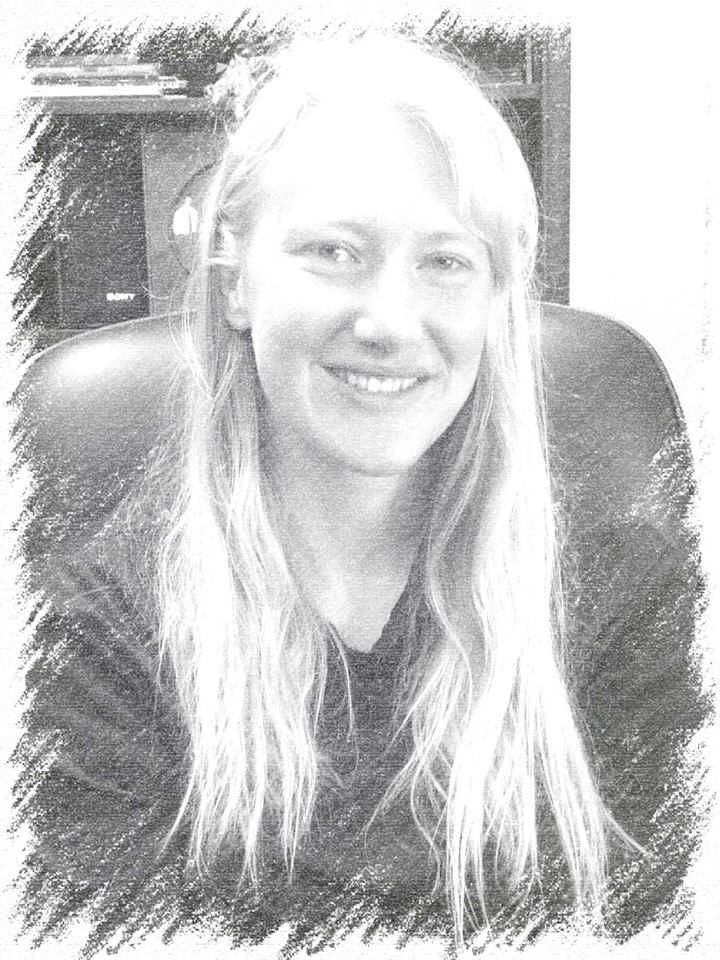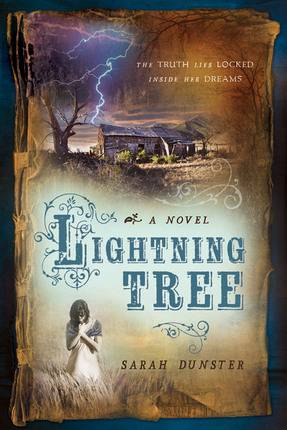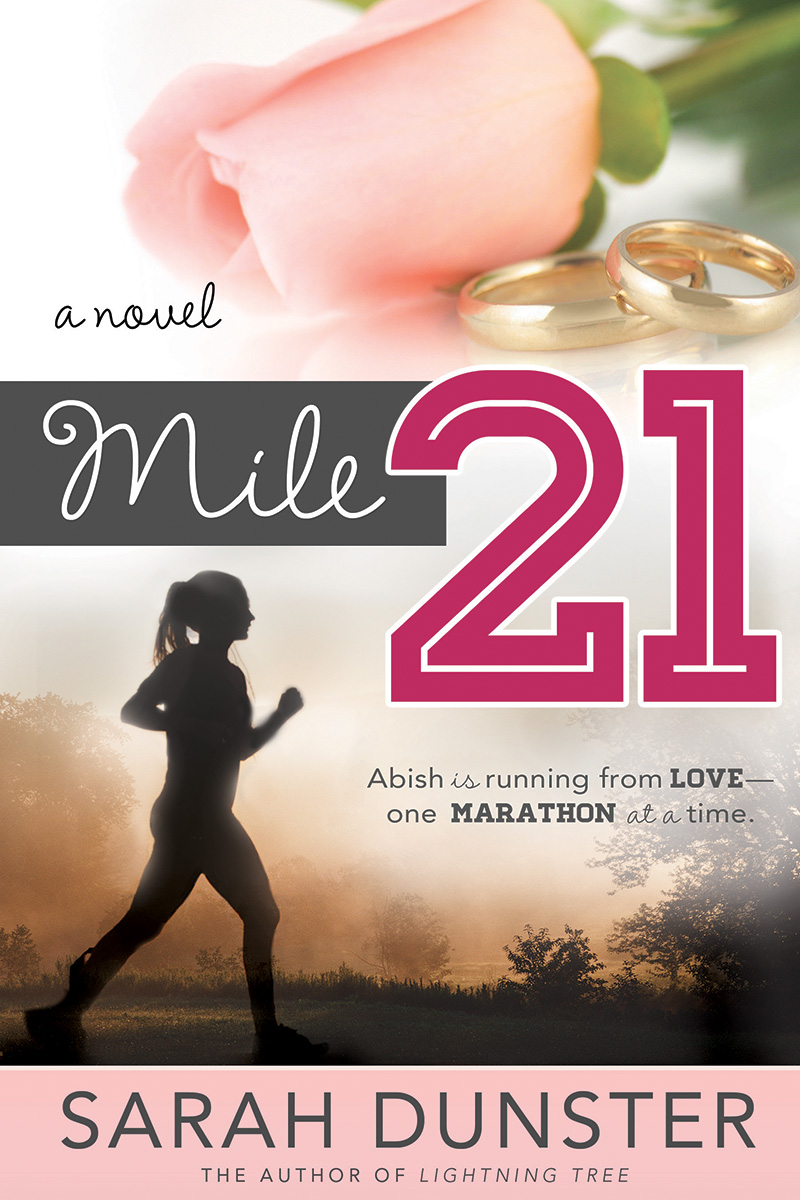Sarah Dunster

Did you always want to be a writer, or was there one particular interest in which you thought, “Hey! I should write a book!”?
I have loved writing from the time I was small. It has actually been my release my whole life. My journals have never been about stuff that actually happened to me; it’s all poetry and stories. Often when I was sad, I’d write poems or stories to work through feelings. I wrote my first “novel” at age nine, a rambling storyline similar to Little Women/Anne of Green Gables only without the benefit of plot. I forced my friends and family to sit down and listen while I read it to them. Writing and sharing, and telling stories, just seem to be a piece of who I am, I guess you could say.
Why did you decide to pursue the LDS market for publishing your novels?
I loved the LDS literature I grew up reading. Joni Hilton, Chris Heimerdinger, Jack Weyland … they all helped me feel like I was a part of something, a culture, a thing I didn’t have very much of at the time. I grew up in the “mission field” as they say, and I was just enchanted with LDS culture. I soaked it in by reading stories about it.
So when I went to write, I wanted to write stories like that. Stories about something I love (but have also grown wary of, and have gone through some heartbreak over.) It’s only one of my loves, however. I also want to write serial mysteries and fantasy, for a general audience.

In regards to LDS culture as something you’ve gone through some heartbreak over, do you care to expound on that?
I think we all go through heartbreak at some point, as we come to terms with a church full of imperfect people, including, at times, imperfect leaders. A more mature testimony comes sometimes after a season of difficulty, where we build our testimony around hope and seeing the reality of a perfect gospel in spite of an imperfect congregation, and can accept the fact that sometimes our understanding (even Church-wide) of gospel principles remains limited for a while. Learning to be patient in conflict, learning to live with the internal conflict of questions not yet answered. An essay that I often cite that explains really well is “Why the Church Is as True as the Gospel,” by Eugene England.
What is your research process like when you’re writing LDS novels?
Usually I will go to a library and get whatever I can find about my time and subject matter. I prefer the Provo Library and the BYU Special Collections because you can find spectacular things there: firsthand accounts, personal histories, ward histories. Also, on subject matters such as the Mountain Meadows Massacre, you can find the entire range of perspectives and evidence and narratives.
After that I tend to go online and find personal family history sites, websites that have odds and ends I need about the time and place. And links to online books I can’t find in my local library. People sell all kinds of great stuff on Amazon—gems such as city or county histories, stories written about Indian “depredations,” etc.
And sometimes the most amazing things I find come about by pure luck. A random manuscript handed to me by a member of the Daughters of the Utah Pioneer Museum staff, that she just happened to have on hand at that moment. A discovered relative who has a really thrilling and relevant family history story. So I can’t say it’s all just work. I feel like some of my research has been fueled by people wanting their story told, as sometimes happens with family history work.
Since you mentioned family history and the impact it has had on your writing, do you ever find yourself doing more family history research because of your writing research, or has your writing followed your family history work?
Oh, yes. I have felt very driven to read the stories of my own ancestors. And to go back and find and do ordinances. This last year, my family came together and sealed a family of twenty-three to each other. That spirit of Elijah thing will get you. It’s a powerful thing. I’d say both feed on each other—I feel driven to learn my own family’s stories and people, and I’m driven to learn about people in general, in particular, people who lived during the times I study about for my novels.
Aside from research, do you have a certain writing routine?
Absolutely. I have to, if I want to write. :) My routine if I’m in the stage of first draft, is to write 1,100 words of new material per day. Often I will review what I wrote the previous day, partly as a quick rewrite and also to get the flow into my head before starting up again. I only make myself write on weekdays. If I want to write more than 1,100 words five days a week, that’s great. Sometimes (often) I end up writing more. But that’s my benchmark, before I allow other tasks and things to take over my day. Generally I pick a time where all the kids are engaged in something, so I don’t have to be interrupted a lot. Usually it takes me about an hour and a half to complete 1,100 words.
What are you working on now?
I just finished a sequel to Lightning Tree, which I turned in to my publisher a week ago. Now I am working on another contemporary novel—a story about a man aging out of the singles’ wards, who has to come to terms with his life and decide what he really wants. It’s pretty funny (I think), and, I hope, interesting and touching as well.
Where do you draw your inspiration from? Specifically, how did you come up with the idea of the Lightning Tree storyline?
Lighting Tree started with an interest in the LDS pioneer immigration stories. I was thinking about how it would be such a different experience, coming into the gospel from another country, speaking another language. For some reason, Italians in particular interested me. I don’t know why. So I did research about the first Italian converts and found information about the Waldensians, a group of French/Italian people who lived in the Alps and the Piedmont Valley in Italy, who practiced their own form of Christianity which predated the Nicene Council (according to the Waldensians).
They lived in the valleys and mountains, some of them scraping bare existences farming and gathering. They had been severely persecuted by the Catholic Church. Right about the time Elders Snow and Stenhouse arrived to preach the gospel to them, the Catholic Church was loosening up a bit, allowing them more freedom to practice their religion. The handful of converted families eventually left Italy, however, because of persecution from their own neighbors and family.
Maggie, my main character, is a Waldensian. Her parents die on the way west, and she’s left to the care of an American family, the Aldens. Her story is inspired largely by a story of one of my own ancestors, an orphan from Sweden who was brought up by others, who eventually ran away from home. The incident of the mattress at the beginning, which is sort of the promulgating event for the story, actually happened to this ancestor of mine.

How do you strike a balance between your writing career, your family responsibilities, and your church obligations?
I think it’s mostly divine intervention, to be honest. But how I manage to get writing in is, it’s not an option to not get writing in. If I don’t get to it during the day, I spend time on it before I sleep at night. One thing that has helped me keep writing as a part of a busy routine: reminding myself that I’m not as good a mother, wife, church person, friend, etc. when I am not writing. I need writing as a release in order to meet all those other demands.
The LDS market is relatively small and focused—what do you think needs to change or stay the same in order for it to keep thriving?
I am not sure what can be done, to be honest. I think the majority of the LDS market is comprised of those looking for a feel-good read that will leave them feeling better about their lives and the gospel, make them feel inspired about their ancestors, or give them a romantic escape that is “safe” because it is written by an LDS author who shares their standards. Then there is a much smaller group of people who want to read literature from an LDS perspective that challenges their assumptions and makes them face inner demons. I tend to want to write those sort of stories. But I also try hard to write them in such a way that a general LDS market appreciates them. The problem is, LDS literature has a rep of being sappy, or shallow, or glossing over things, so a lot of people who enjoy reading decide to skip it.
I think that really, we should be going after a more general market. I don’t know how we do that, but I think that’s really the only way to gain more notoriety and readers. And I think that if we did get the attention of a more general, national market, LDS people would be more inclined to read LDS literature as well.
What are some books (LDS or not) that have really struck a chord with you or have been influential in your own writing?
My favorite LDS book is The Kaleidoscope Season by Sharon Downing Jarvis. I love that book. I read it as a teenager and it touched me deeply, not only because of the story but the beauty of the writing.
I also loved Jack Weyland and Chris Heimerdinger as an adolescent. But I think the books that got me hooked on LDS historical fiction, not only to read, but to try to write someday, were The Bishop’s Horse Race and Brother Brigham’s Gold by the Yorgasons. I loved those books so much. I read and reread them. I have to say I was also influenced by Gerald Lund’s series (I read them all over the course of two weeks when I was in between semesters at Ricks College), only reading those was more of a lesson to me about how I preferred my LDS historical fiction—good things and bad things.
How do you prefer your LDS historical fiction?
Without footnotes. :)
I think historical fiction, particularly if it involves doctrine/religious elements, needs to be pretty firmly “fiction.” I find it problematic when the line becomes blurred and people start bearing testimonies in church about fictional families and things depicted in novels.
In addition to expounding on LDS history, in what ways has the gospel influenced your writing?
I find that I cannot get away from it. Everything I write means something spiritually to me and, I hope, others. Even if it’s not “in your face” or explicitly Mormon, I feel like a story I’m telling needs to have a redeeming purpose, a message of some kind that is important, and redeeming, if at all possible.
How do you see your work helping to build the kingdom?
I think that these things I write are often my own exploration of my beliefs and struggles. My hope is that, in resolving and exploring some difficult situations, others will find themselves a little closer to finding their own answers as well. I think it’s important to portray LDS people as human—that is, less than perfect. But it’s also important to portray how less-than-perfect people are also godlike. They do wonderful things. They can become more wonderful. ❧
